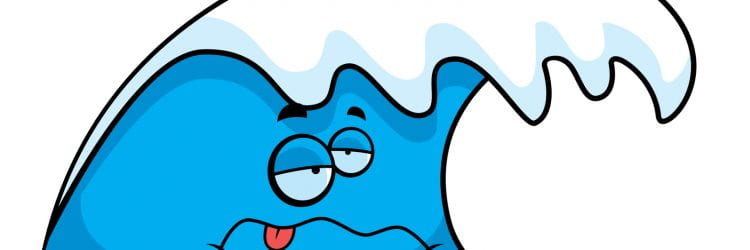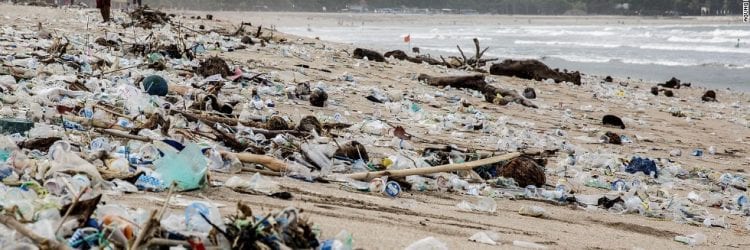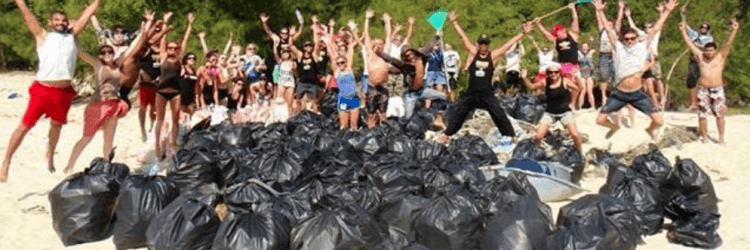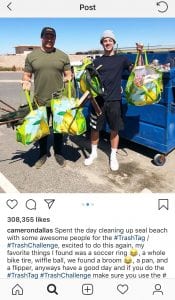The world’s most highly regarded climate scientists have been saying since 2018 that we only have 12 years left to undo the global warming damage we’ve done-or else. Yes, the big or else. The one where we exterminate the human race and many other species along with it. We’re killing ourselves and life as we know it because of decades of poor manufacturing habits and a lack of knowledge on how our plastic use truly affects all living and oceanic ecosystems. Even now, we cannot fully grasp the extent to which our presence and waste impacts our oceans since most of them are relatively unexplored. This being said, we have somehow managed to damage all but 4 percent of the oceans on Earth according to an article released by The Guardian.You may be asking what the oceans have to do with saving the planet. The truth is, they have everything to do with saving life on Earth since all life is interconnected. Here is the truth behind how important it is that we protect what is protecting us.
Oxygen
You may already know that plants produce the oxygen we breathe. What you may not know however, is that over half of the air we breathe comes from plants in the ocean like phytoplankton and seaweed. You could essentially call phytoplankton the lungs of the ocean, and we are suffocating them with our plastic use. According to an article released by U.S. Pure Water, phytoplankton die off by de-oxygenation, which is a process by which the presence of plastic blocks light from entering the ocean, therefore preventing the phytoplankton to photosynthesize and produce the oxygen we need. Since phytoplankton act as a major foundation or building block species in the ocean, their scarcity inevitably has an effect on the whole oceanic food chain.
Climate Regulation
This may be the most impending threat towards the human race, and we need to treat our oceans with care now more than ever. Climate change is a real threat that will only continue to get worse if we continue at the rate we are now. Luckily, the oceans do a wonderful job at reducing the severity of climate change, but they would be able to do an even better job at helping us out if we had helped our oceans sooner. According to the National Oceanic and Atmospheric Administration, our oceans are a vital lifeline regarding the temperature of our planet. “Ocean currents act much like a conveyer belt, transporting warm water and precipitation from the equator toward the poles and cold water from the poles back to the tropics. Thus, currents regulate global climate, helping to counteract the uneven distribution of solar radiation reaching Earth’s surface. Without currents, regional temperatures would be more extreme—super hot at the equator and frigid toward the poles—and much less of Earth’s land would be habitable.”
It’s the job of the ocean to absorb excess heat and greenhouse gases released into the atmosphere. With the excess amount of greenhouse gases we are producing, our oceans our being forced into overdrive, absorbing higher amounts of heat which melts glaciers, increases seal levels, and even alters the patterns of currents. Glaciers also help absorb excess sunlight and protect our ozone layer. As you can imagine, the warming of our oceans dramatically affects the effectiveness of surrounding ecosystems and when they all start to fail, we do too.
Sea Sickness
The term sea sickness has been used to describe the feeling one gets when the movement of the ocean throws off their equilibrium, causing the individual to become nauseous. I like to think we are doing the same thing to our oceans. It’s our oceans that are becoming sick and poisoned with our carelessness with the environment across the board. The state of our oceans will worsen with climate change and plastic pollution, and once we lose the benefits the sea offers us, we lose our lives. If you feel strongly about preserving our planet and protecting the lives of future generations, sign the petition to end plastic pollution at earthday.org. We are clearly the sick ones if we have the knowledge we do now and never make a change to show our oceans the love they have shown us.






